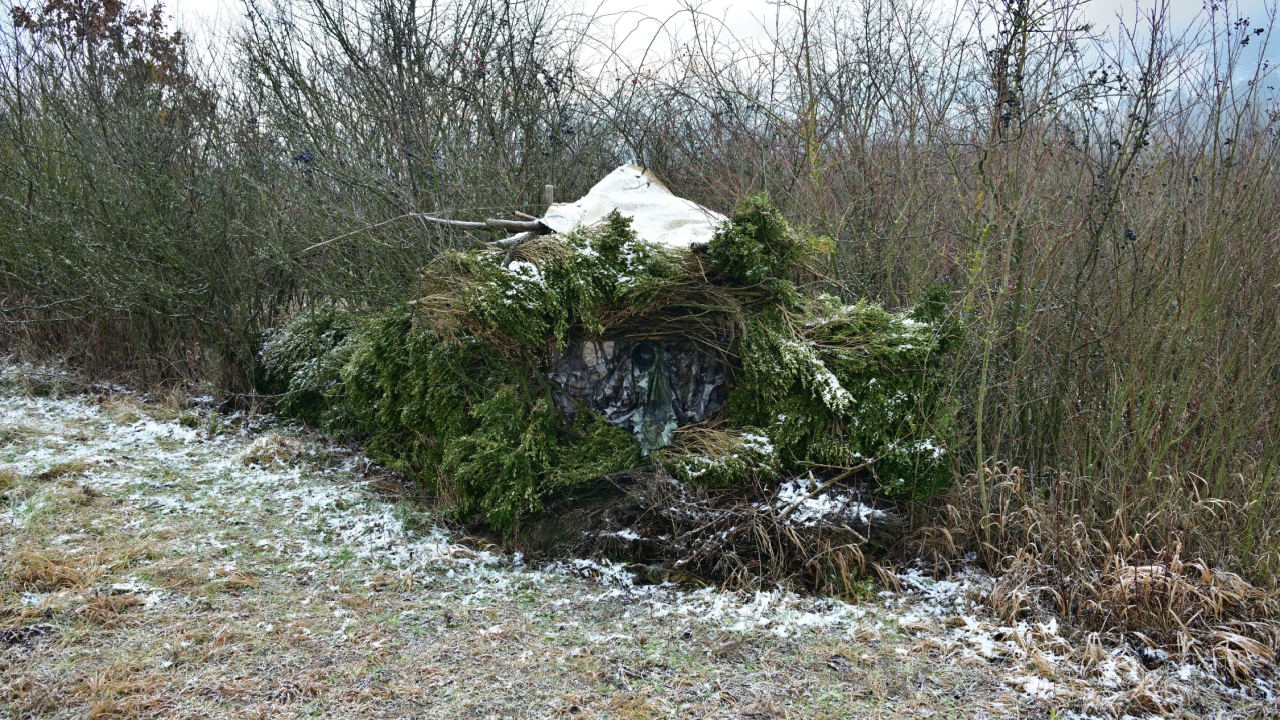

Staying hidden can be the key to safety when you’re out in the wild. Camping or surviving, blending your shelter with nature is essential.
Camouflaging your shelter ensures you remain unnoticed, providing protection from both wildlife and potential threats. Mastering these skills, from using natural materials to choosing the right location, can be vital in various situations.
We’ve chosen these twelve techniques because they’re practical, easy to implement, and effective for different environments. We avoided complex or resource-heavy methods to focus on strategies accessible to anyone, regardless of experience.
1) Use Natural Materials
Gather leaves, branches, and grasses from around your site to cover your shelter. Use materials that match the surrounding area to make your shelter less visible and add an extra layer of insulation.
2) Choose Your Location Wisely

Set up your shelter in a naturally concealed area. Look for places like dense bushes or under a canopy of trees. These areas make it easier to hide your shelter and require less work to camouflage.
3) Mud Cover
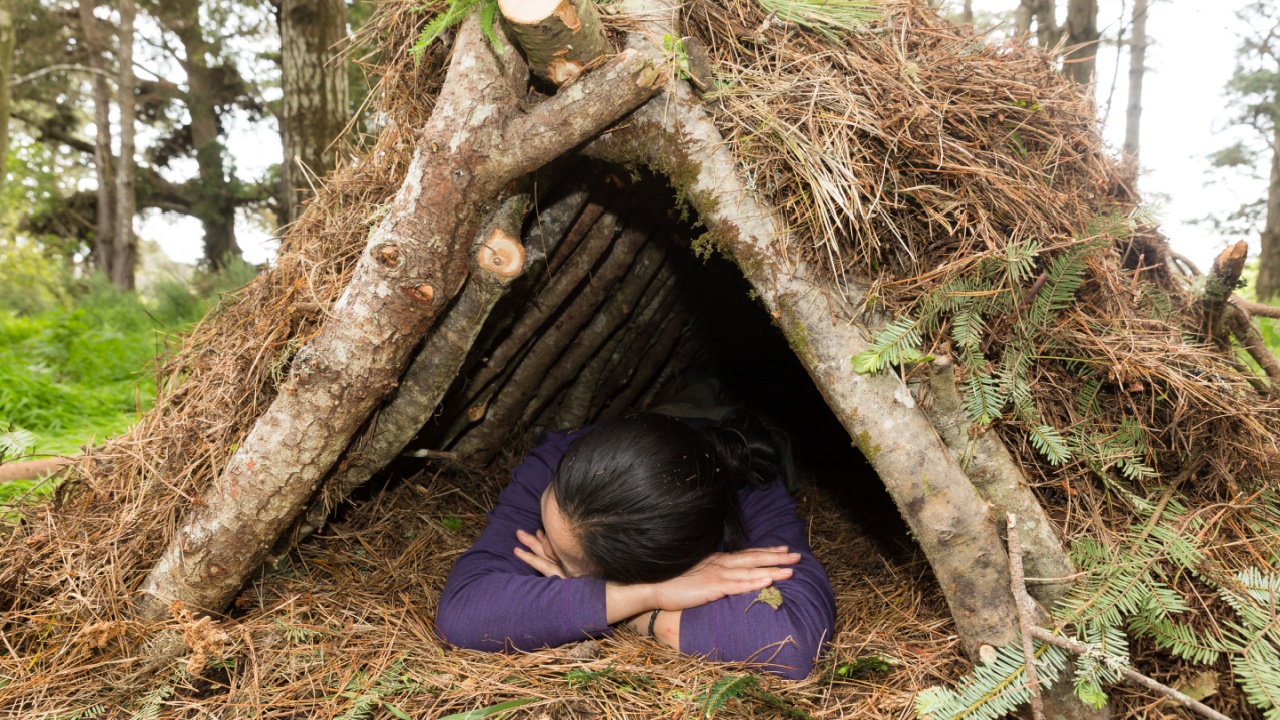
Smear mud on the exterior of your shelter. While mud can help alter the shelter’s color to match the earth around it, it may dry out and crack, which can reduce its effectiveness. Consider using other methods, such as incorporating natural materials or a tarp, for better protection.
4) Break Up the Silhouette
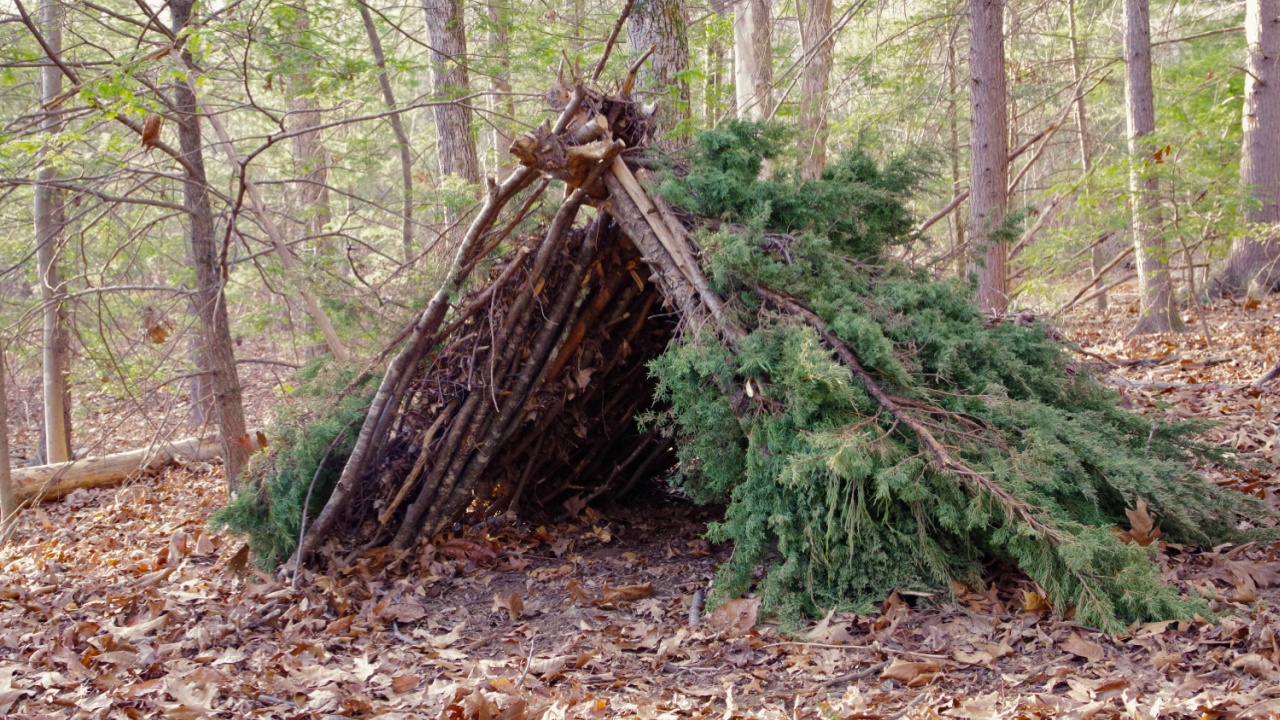
Use irregular shapes to break up the outline of your shelter. Hang branches or grass unevenly over the structure to disrupt its outline. This makes it harder for the eye to recognize it as a man-made object.
5) Color Choice
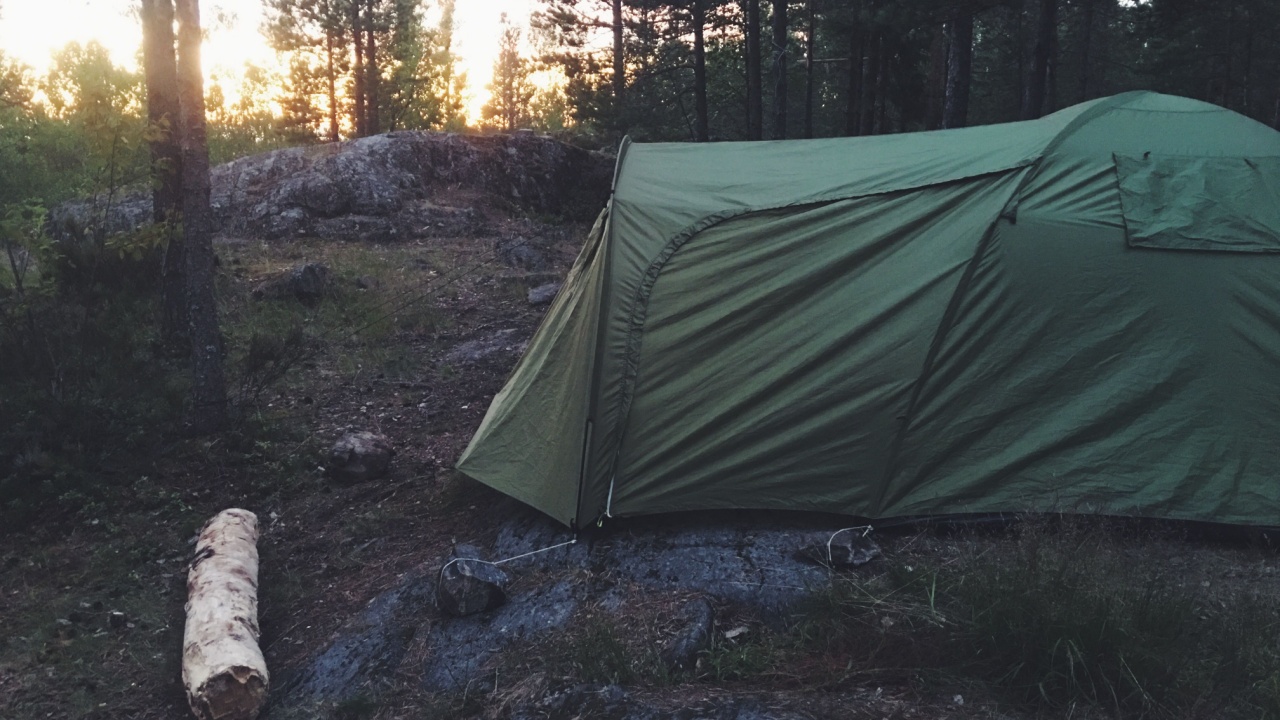
Before you set up your shelter, choose colors that match the environment. While dark greens, browns, and grays work well in forests and mountainous areas, lighter colors or sand-colored materials may be more effective in a desert environment.
6) Low Profile
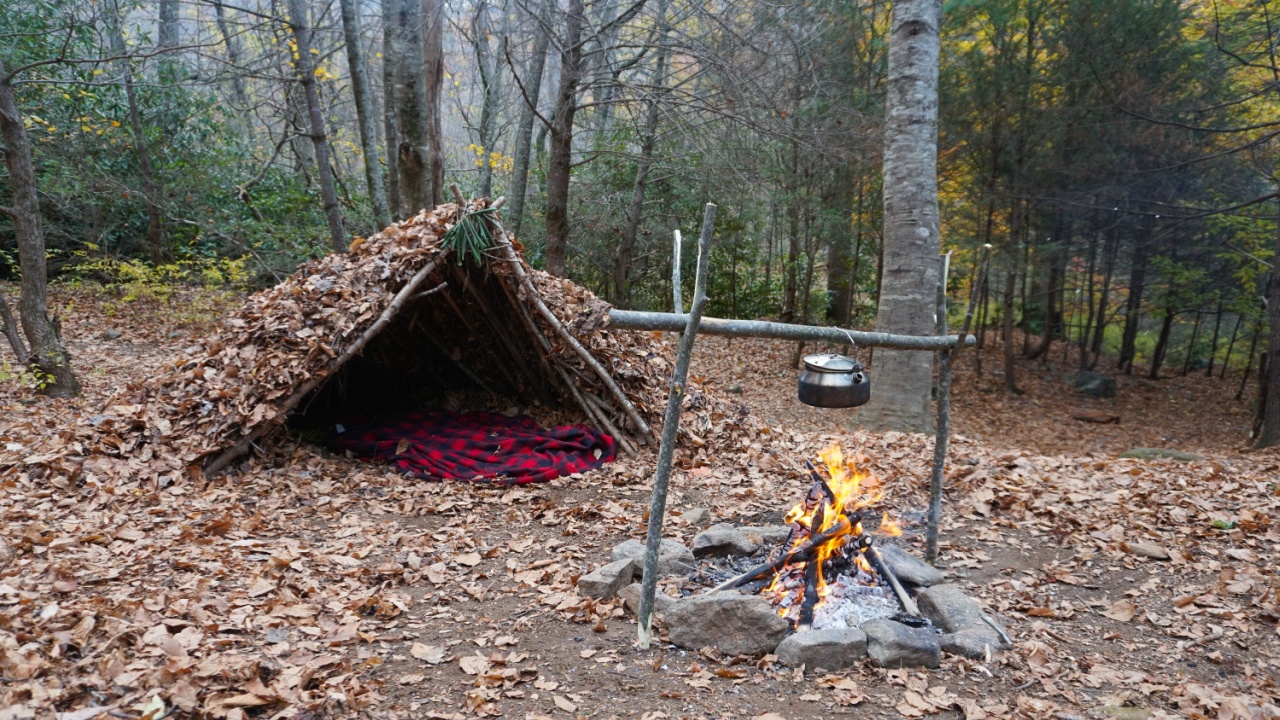
Keep your shelter low to the ground. The lower your shelter, the less it will stand out against the horizon, and the harder it will be for someone to spot from a distance.
7) Reflective Items Inside
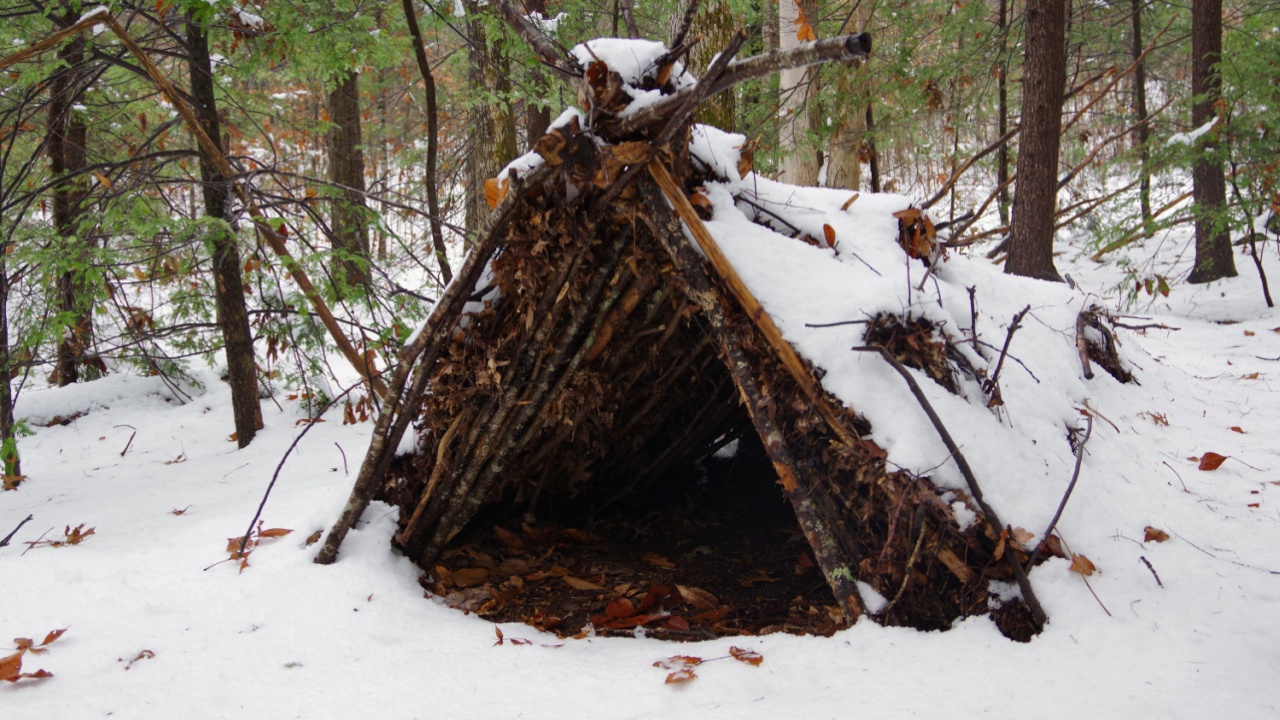
Avoid using or storing reflective items outside or near your shelter. Reflective surfaces can catch light and easily give away your position, so keep them inside.
8) Natural Disguise

Integrate living plants into your shelter’s exterior. Attaching small bushes or vines to your shelter can help it blend seamlessly with the surrounding vegetation.
9) Keep It Small
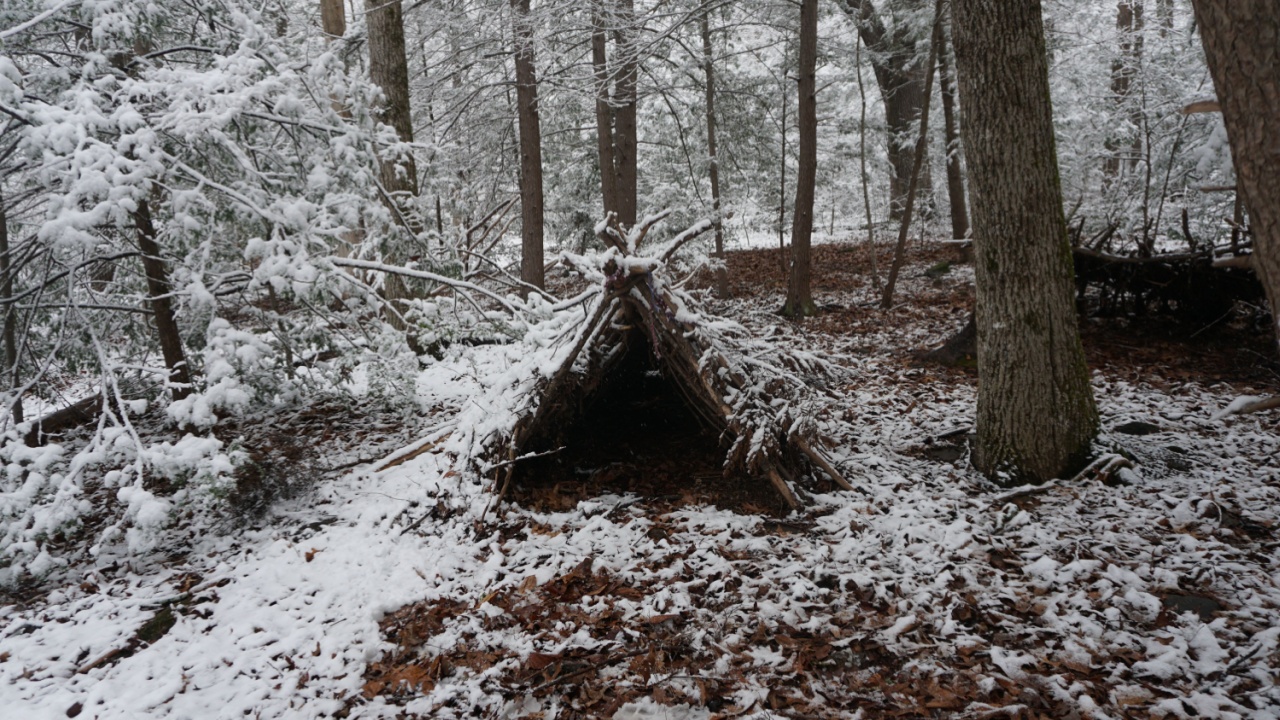
The smaller your shelter, the easier it is to camouflage. A compact shelter is less likely to be noticed and simpler to cover using natural materials found nearby.
10) Utilize Shadows

Position your shelter in shadowed areas where it can remain out of direct sunlight. Shadows can help obscure your shelter and make it blend into the darkened environment.
11) Noise Discipline

Keep noise to a minimum to prevent drawing attention to your location. This includes the noise from constructing your shelter. Work quietly to maintain a low profile.
12) Regular Adjustments

Regularly update your camouflage. The need for adjustments depends on the environment. For example, you might need to add more leaves as they deteriorate or adjust the mud if it cracks or wears away.
25 Winter Foraging Foods to Save Money on Your Grocery Bill
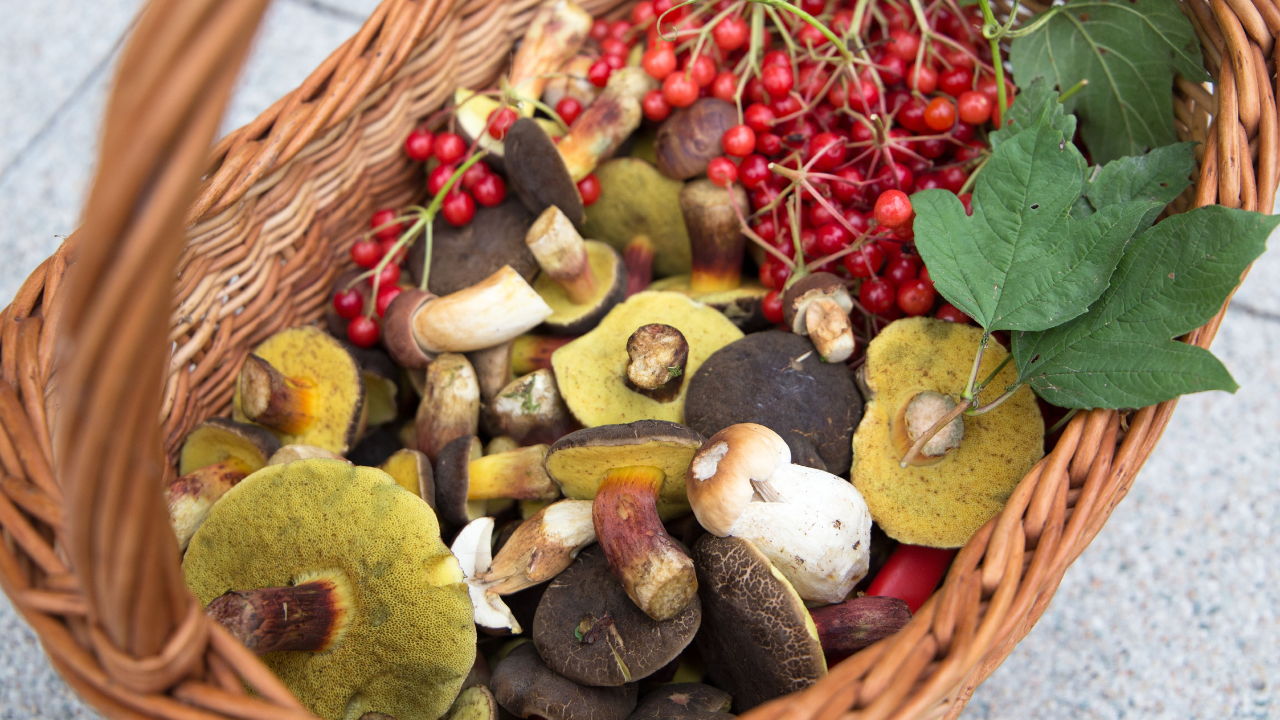
Preparing for a recession is more important than ever in these uncertain times. I understand the challenges and fears you might face, so I’ve compiled these 25 actionable tips to recession-proof your prepping plans. Each suggestion can help you stay ahead, ensuring that you’re surviving and thriving, even in tough economic times.
38 Things Every Prepper Should Stockpile That Aren’t Water, Food, or Weapons

This list extends beyond the basic survival trio of water, food, and weapons. It’s a given that we need to stock up on water, food, and a way to defend ourselves and what we have. But what other things will you need in a survival situation? None of us truly knows what TEOTWAWKI will really look like, although most of us have theories we think most likely. But whatever the situation is, there are certain supplies that it just makes sense to have on hand, aside from the obvious trio I mentioned above.
23 Riskiest Cities To Be During a Power Grid Collapse
In a world where the stability of our power grid is increasingly under threat, knowing which urban areas to avoid during a blackout is crucial for any serious prepper. And which areas to escape as quickly as possible. When you’re making your survival plans, keep in mind that these are the places you don’t want to be.


